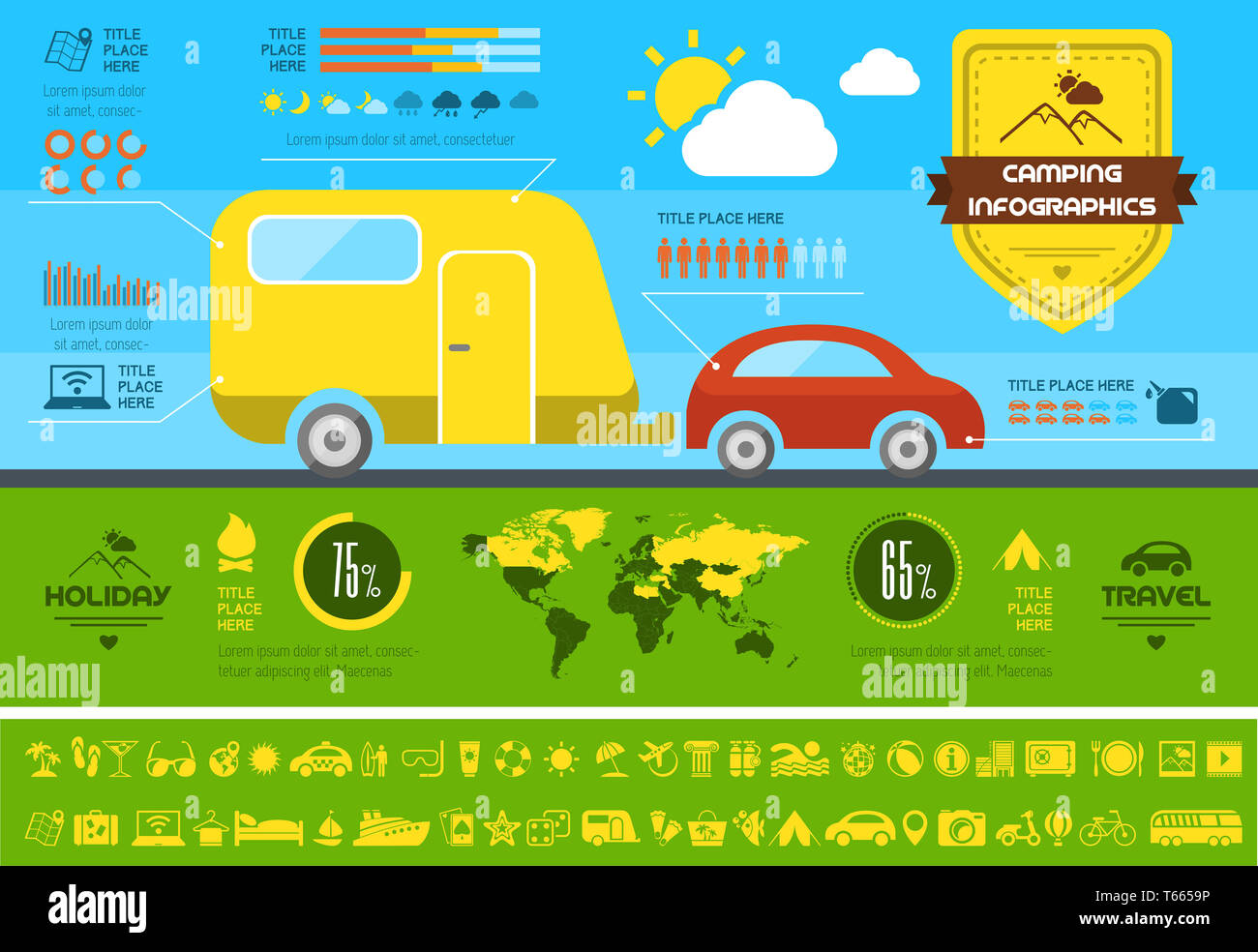While lots of campers concentrate on an outdoor tents's cover to shield them from rainfall, snow, and bugs, the tent flooring is just as important. A quality flooring provides security from standing water, soaked mud, and sharp rocks.
At White Duck Outdoors, we provide free-floating vinyl floorings that are tailored to each outdoor tents size. This enables you to pick a floor liner or utilize your own canvas tarp as a lining.
Resilience
There are various sorts of floors offered for wall surface tents. Free-floating floors are different items that you lay on the ground before developing the outdoor tents, making them easy to set up. A sewn-in flooring is a little extra difficult, but it uses excellent protection from water and pests.
Nonetheless, the best choice is a camping tent flooring lining. A lining is thick and pressures any kind of water or insects to go under the floor rather than via openings in the tent. It also lowers the quantity of dust that enters the camping tent, making it simpler to clean up and preserve.
All White Duck Outdoors wall surface tents come with a free-floating flooring included, so you don't have to bother with acquiring and setting up one individually. We recognize the importance of having the ability to customize your space and make camping more enjoyable. The free-floating floor makes the tent much easier to carry, clean and store, deluxes that sewn-in or 3/4 floors do not offer.
Climate Resistance
When choosing a protective cover for commercial or logistical objectives, weather resistance is usually an essential aspect. Canvas tarpaulins are commonly made from natural products, while plastic tarps include innovative polymer engineering. This distinction in composition results in substantially different performance attributes, upkeep needs, and suitable applications.
Plastic tarpaulins are ideal for long term industrial coverage due to their resilience, water resistant features and chemical resistance. They likewise supply excellent UV protection and are lighter than canvas tarpaulins. These buildings make them the recommended selection for covering tools and building momentary frameworks.
Easy Maintenance
The durability of vinyl floors and their resistance to wear and tear translates into marginal maintenance requirements. Wipe-downs with light soap and water suffice to maintain them looking clean, while stubborn stains can often be removed without much initiative.
On the other hand, canvas covers are most likely to absorb moisture with time, causing mold and mildew and mildew growth otherwise effectively dried out or treated. In addition, they could need more constant waterproofing therapies to maintain their safety buildings.
Furthermore, a woven fabric like cotton is prone to penetrating and tearing gradually, making it much more susceptible to harm from sharp objects or unpleasant surface areas. Vinyl is crafted to withstand these risks better, placing it as a remarkable selection for sturdy protection applications. Additionally, its synthetic elements provide exceptional sturdiness and durability compared to canvas materials. Consequently, they generally have a lower environmental footprint in regards to production and disposal. They additionally often tend to have an extra flexible customization ability, assisting in the consolidation of complex styles and color design.
Ecological Effect
As with all products, it is essential to recognize the environmental account of each material. This includes every little thing from raw materials sourcing and production procedures to usage durability and end-of-life disposal options. This details enables services to make smarter options that align with sustainability objectives while meeting operational needs.
Sailcloth normally lines up with eco-conscious goals because of its biodegradable nature and reduced production impact. Its lighter weight translates to satchel much less storage and transportation needs. Its reduced upkeep demands and longer life expectancy better decrease total expenditures.
Vinyl, on the other hand, relies upon synthetic elements for its durability and climate resistance. Its chemical treatments need high power input. Vinyl's non-biodegradable homes better complicate recycling and waste administration methods. Nonetheless, it does offer remarkable waterproofing and UV degradation resistance to outdoor atmospheres.
